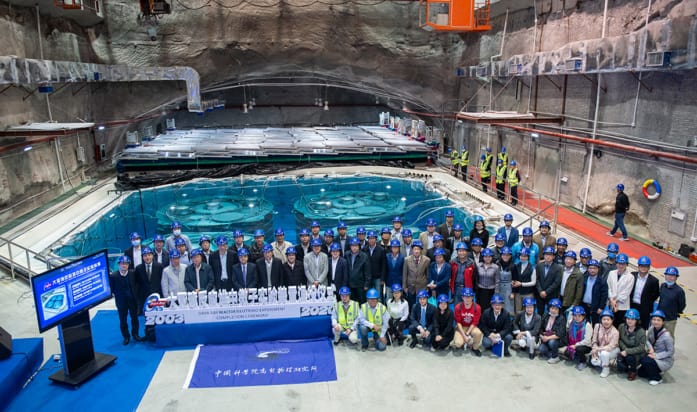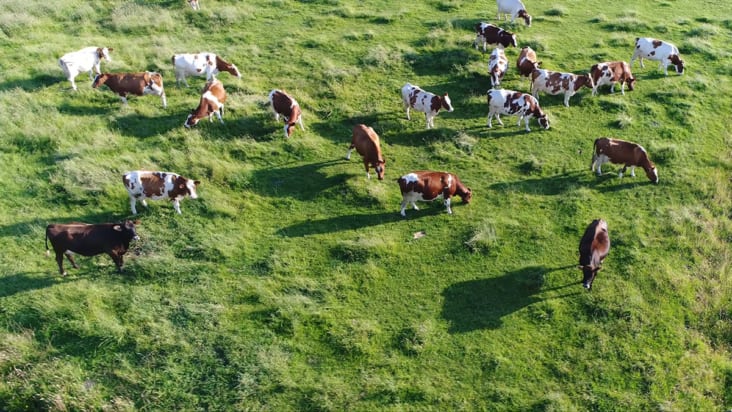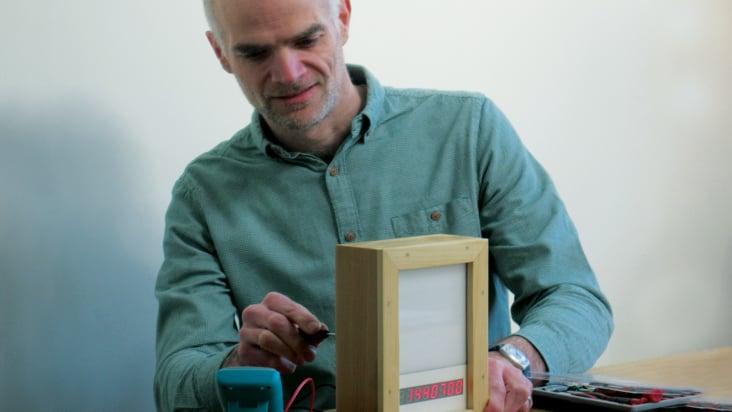Physics World April 2021
Cattle battle: measuring methane emissions from cattle
Studying bovine emissions and trying to reduce the amount of methane they emit is a clever, short-term solution to climate change. But the tricky bit is measuring how much methane cows produce in the first place – especially from a herd of them. As Michael Allen explains in this month’s cover feature, physicists have turned to drones carrying spectrometers and even “frequency combs” – sensitive, laser-based systems that bagged a Nobel prize. Also in this issue, 100 years after “nuclear isomers” were first discovered, Philip Walker and Zsolt Podolyák pick five examples of these long-lived, excited nuclear states to show why they are so important in medical physics and beyond.
Expand to full screen, bookmark pages or download a PDF to read offline using the icons beneath the screen. Read it now
Or you can read selected articles from the April 2021 issue of Physics World in HTML format
Want even more from Physics World?
Get more from Physics World without waiting for the next issue. The same great journalism, but delivered to you daily. Read updates on the latest research as soon as they happen and access more than 25 years of online content, organized across 15 dedicated scientific areas. Visit the homepage to start exploring.












